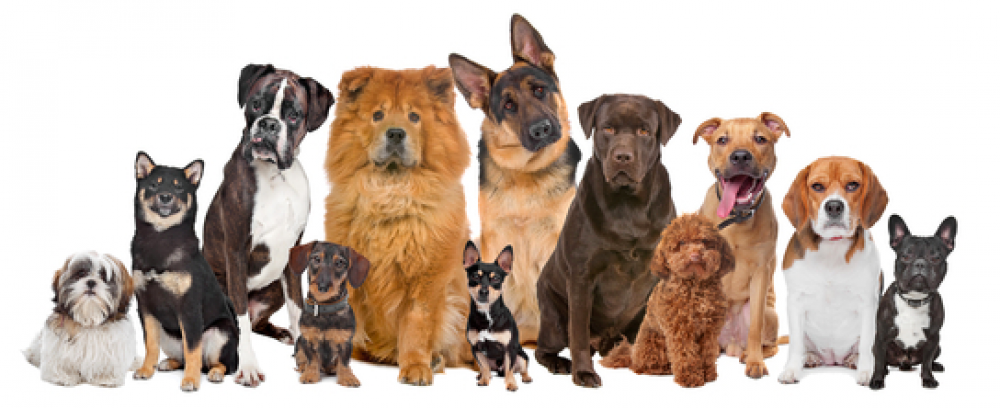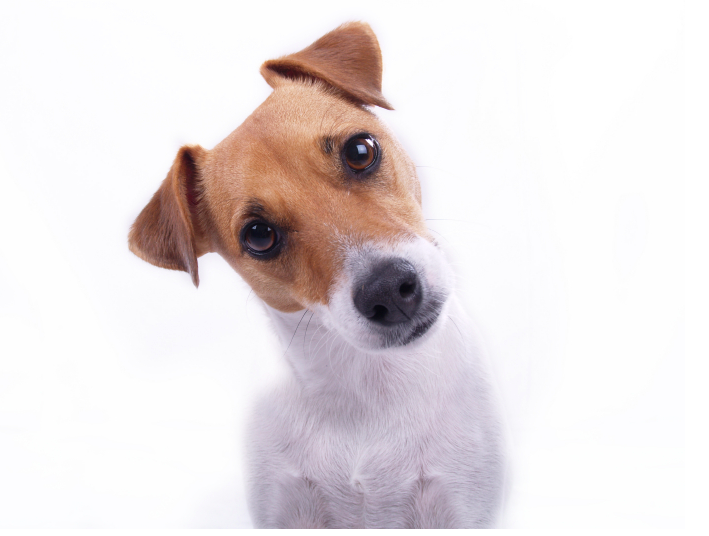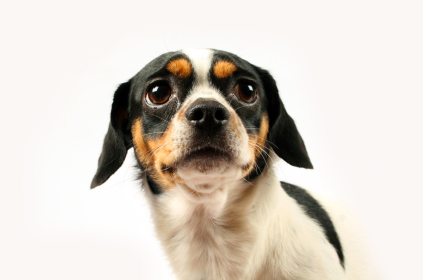Desired outcomes from training that a companionship dog is generally expected to learn (Stafford 2007):
- To come when called
- Sit and stay
- Lie quietly
- Understand “NO” and “be quiet”
- Walk beside the handler and generally ignore other people and dogs
- Should not be aggressive
- Be able to cope with being alone for long periods of time
- Toilet outside (or if indoors in a toilet tray)
- Not jump up on people
- Not bark incessantly
The process of modifying a dog’s behaviour, or teaching a dog to respond to a command with a specific action can be influenced by a variety of factors:
A Dog’s History of Training
It is possible that the way in which a dog was trained in the past will affect his/her future aptitude and motivation to learn (Marshall-Percini et al., 2008). A study by Rooney and Cowan (2011) found that owners who trained their dogs using a primarily reward-based training method (positive reinforcement) had more interactive dogs with an increased ability to learn a novel training task compared to dogs with prior punishment-based training.
Play
When a dog plays it is a sign that his/her basic needs have been met and that they are in a relaxed state (Jensen et al. 1998). Play between an owner and a dog is indicative of a positive and healthy relationship. Play between an owner and dog is less interactive if a dog has been trained using physical punishment. Dogs that are highly engaged in playful activities with their owner are better trained, more motivated to learn and learn novel tasks faster compared to dogs that less interactive with their owners (Rooney and Cowan 2011).
An example of a playful activity between a dog and his owner.
Owner’s Patience During Training
Dogs are very sensitive to people’s actions. Due to this sensitivity, there are significant associations with an owner’s behaviour and a dog’s obedience and learning behaviour (Rooney and Cowan 2011). Owners that are patient during training have dogs with a higher ability to learn novel tasks compared to dogs that are train with an impatient owner (Rooney and Cowan 2011).
Type of Reinforcement
When training using positive reinforcement, the type of reward affects how fast a dog will complete the response to a command. In general, food has a higher stimulus power than touch and verbal praise from the owner: Dogs are more influenced by food as a reward and perform a desired behaviour in less time compared to when other forms of positive reinforcement are used (Fukuzawa and Hayashi 2013).
 A dog highly stimulated by a food reward
A dog highly stimulated by a food reward
Frequency of Reinforcement
A study by Rooney and Cowan (2011) found that high reward frequency during training was positively correlated with a dog’s performance and ability to learn a new task.
https://www.youtube.com/watch?v=_vwRwNvsOxk
An example of rewarding every command behaviour a dog performs using treats and verbal praise as the desired stimuli.
Stress
Dogs that are trained while feeling stressed or fearful will process information in their brains differently than dogs that are trained in comfortable situations (Overall et al. 2011). Stress affects memory and learning processes (Joëls et al. 2006). High levels of stress can reduce an animals’ ability to learn (Walker et al. 1997; Mendl 1999).
A dog experiencing a fearful afftective state
Offering an Alternative
Punishment is most effective if immediately after the behaviour is punished, the animal is taught a more appropriate behaviour and this is reinforced (Stafford 2007).
Pain and Discomfort Level
Stimuli that are too weak will not be effective as animals can habituate to aversive stimuli (Blackwell and Casey 2006), and stimuli that are too strong can cause unnecessary levels of pain/discomfort.



